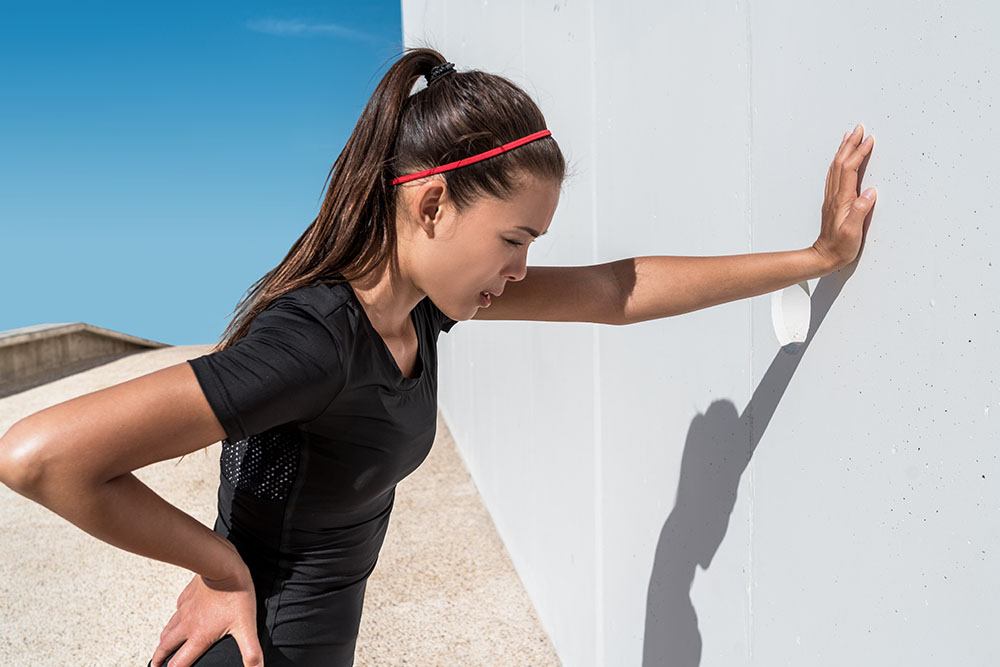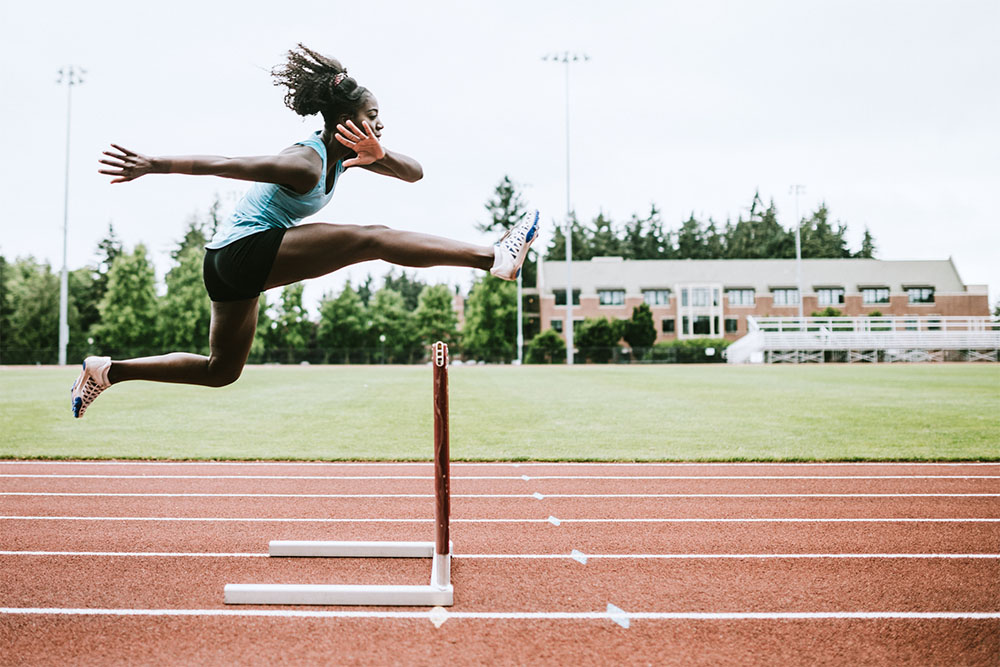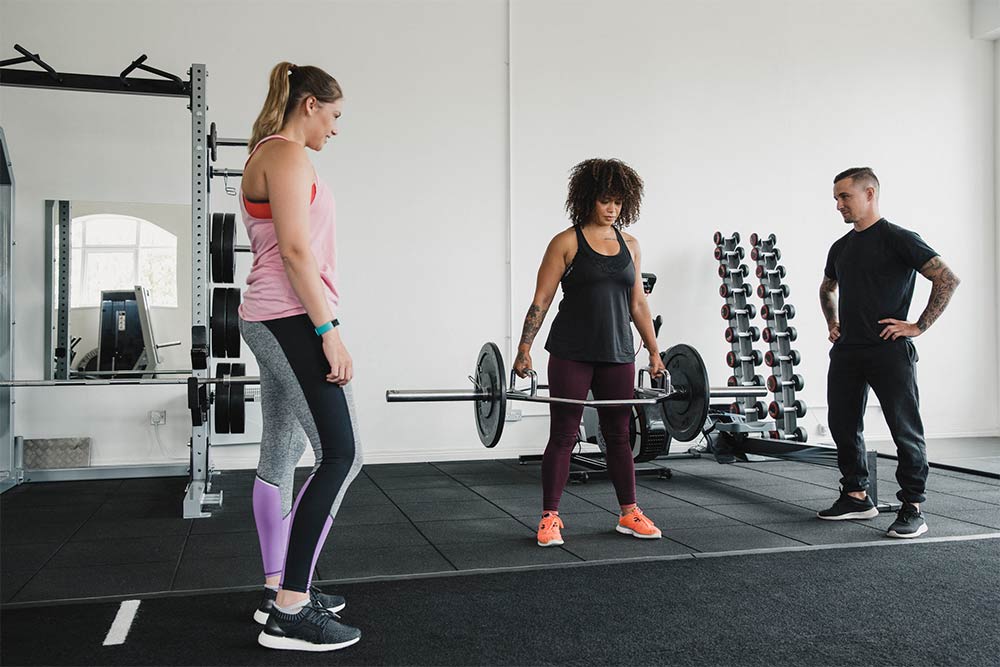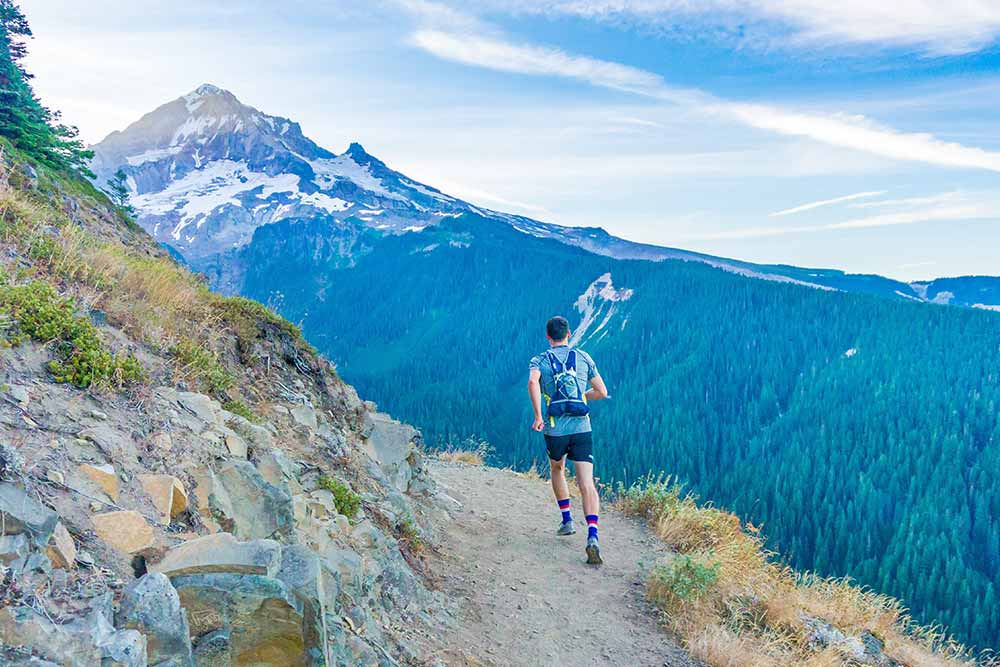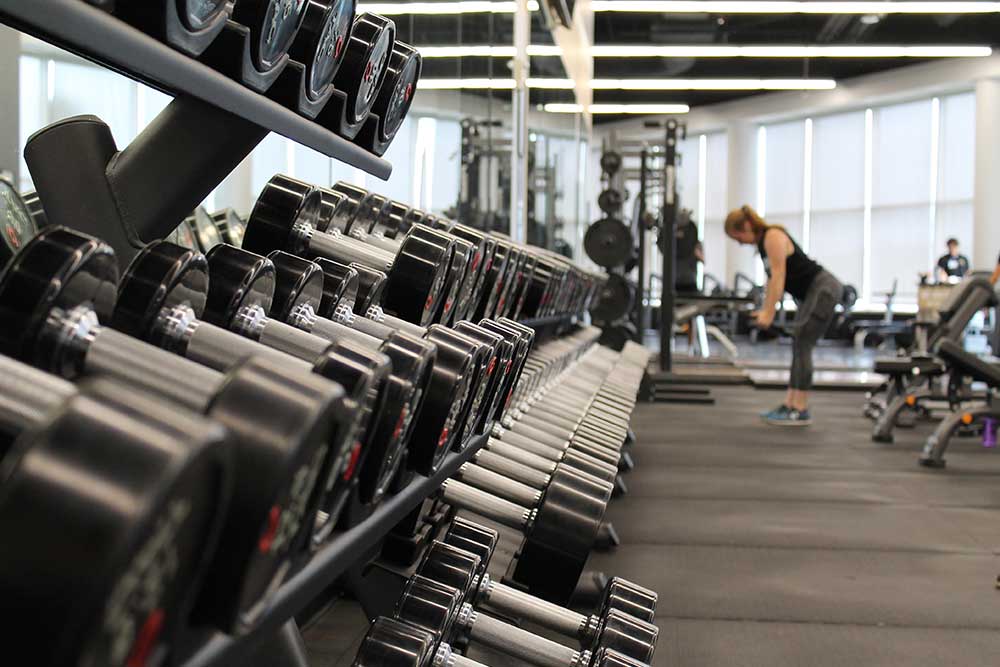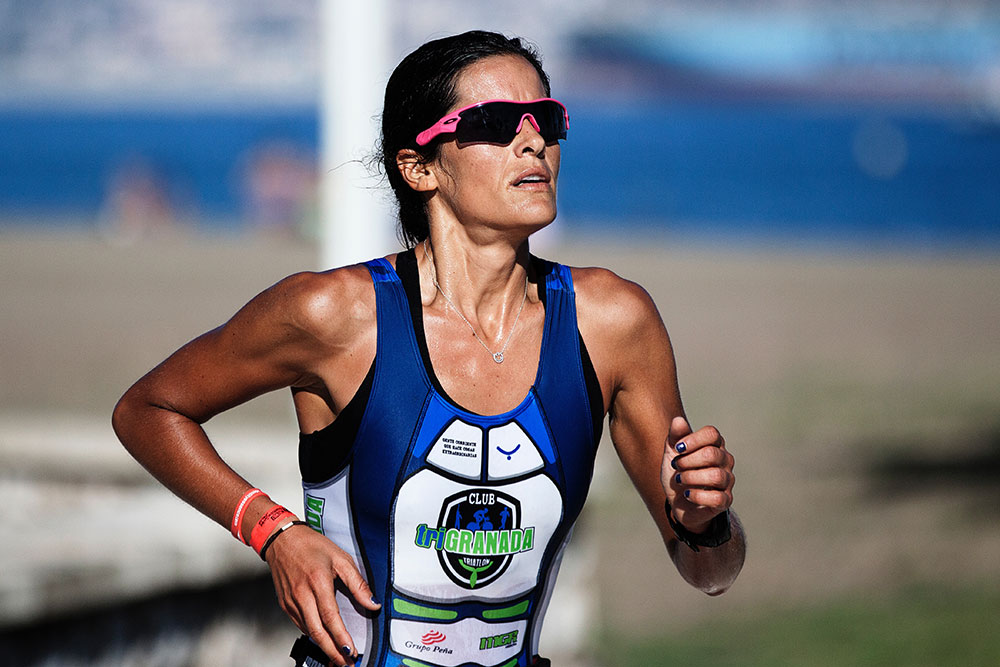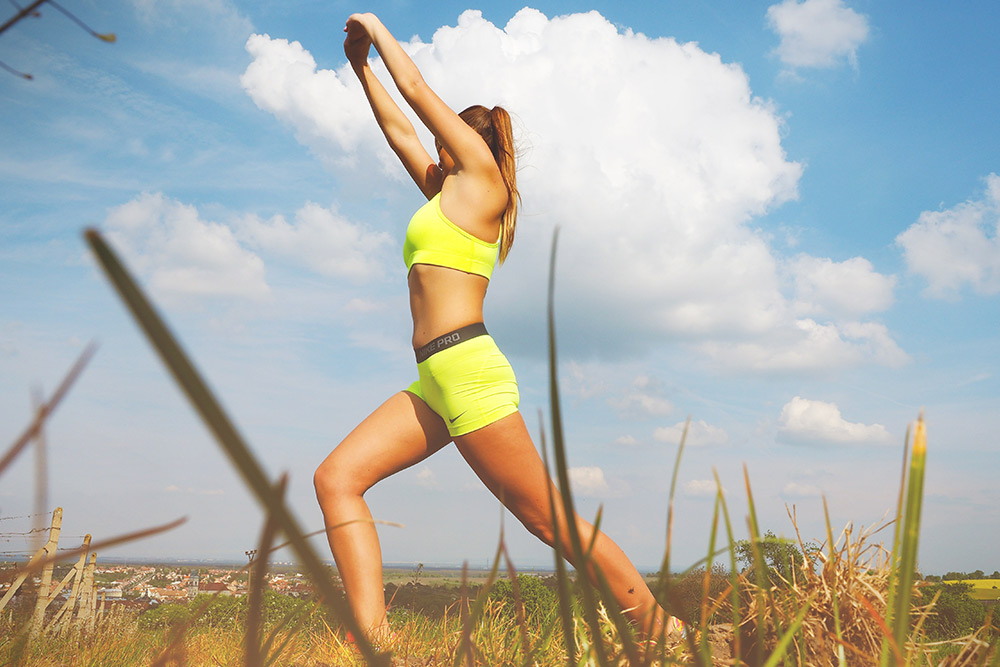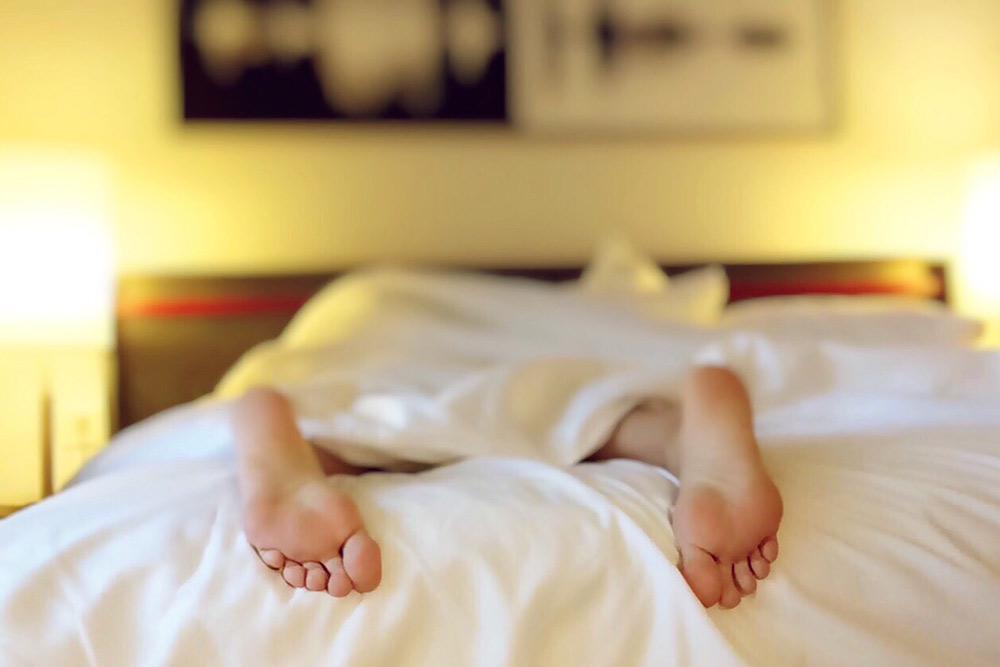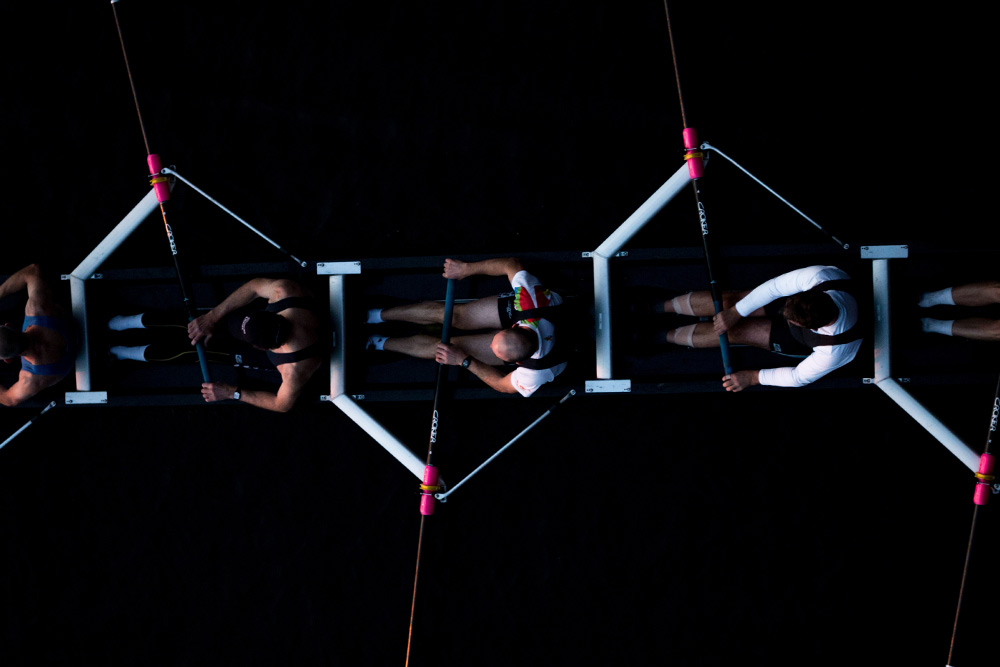The Role Of Foot Strength In Athletic Performance

Hunter Bennett
Improving athletic performance is a never-ending endeavor.
As a result, we are always on the lookout for new methods of training that can help you jump higher, run faster, and compete at a higher level.
Over the last few years we have seen an increase in the use of heavy strength training to improve speed and power – something that is now considered common practice, and integral to the successful athletic performance.
However, while most of this has revolved around the strengthening of the muscles of the core, hips, and legs, there is some interesting research suggesting that there is a correlation between foot strength in athletic performance.
Does foot size have an impact on running speed?
Before we touch on foot specific training, I wanted to comment on the growing body of research demonstrating how foot length and structure can have an impact on certain physical performance parameters – with a primary emphasis on running speed.
You see, people born with feet of different lengths appear to be predisposed to better performance capabilities within certain running activities.
And the bulk of this research comes down to differences in the forefoot and rearfoot length.
In this scenario, the forefoot is essentially comprised of the bones, muscles, and tendons of the toes, while the rearfoot is comprised of structures that make up the heel. For reference, the midfoot refers to the five bones and their connective structures that act as a bridge between the forefoot and the rearfoot.
Foot and toe length speed correlation in sprinters
There is evidence to suggest that top level sprinters appear to have a longer forefoot and shorter rearfoot than people from both the general population and from athletes who play other sports too (Baxter, 2011; Tanaka, 2017).
This foot structure results in a shorter Achilles tendon, and slightly shorter plantar fascia.
While this may sound detrimental to sprint performance, it is actually the opposite.
You see, a physically shorter Achilles tendon can reach its maximal contractile force output much faster than a longer tendon – which is obviously the aim of the game when we are discussing sprint performance.
This foot shape also offers one other key benefit, in which the longer toes associated provide more contact surface with the ground. This further enhances the ability to drive force into the ground, which is integral to acceleration and speed development.
Related Article: The Tibialis Muscles & Lower Limb Injury Risk: What You Need to Know
Foot and toe length speed correlation in long distance athletes
Alternatively, when it comes to enhancing endurance running performance, there is a reason to believe that a longer relative rearfoot, and a shorter relative forefoot, is actually more desirable (Rolian, 2009).
You see, long toes use more energy and generate more impact force than short toes.
This means that every time the foot strikes the ground, it uses more energy to manage foot contact, and then again to produce propulsion forces. While this is great for maximal force production in sprinters, it is not all that good for the metabolic efficiency desired by long-distance runners.
Similarly, a longer rearfoot means a longer Achilles tendon. This means the more efficient storage and utilization of elastic energy each time the foot strikes the ground, which further reduces the energy cost of every single step.
Pretty cool right?
Can your big toe impact your athletic performance?
Now that we have touched on some of the more genetic structural differences that are beneficial for athletes, its time to touch on some of the things that we can change – being the strength and flexibility of your big toe.
Recent research has shown that the strength and movement capabilities of your big toe may be a whole lot more important than first though.
In fact, some researchers have even gone as far as to say that training the big toe may offer one of the most underutilized ways to enhance performance in the human body.
Big toe length and running performance
Your big toe is one of the most important structures in the foot. Every single athletic movement, whether it be jumping, bounding, changing direction, sprinting, or running, finishes with the big toe driving into the ground.
When we think about it in this manner, it quickly becomes apparent as to why it is so significant.
With this in mind, there has been some recent research indicating that the length of your big toe relative to the rest of your foot may have some rather large implications for your running performance (Tomita, 2018; Ueno, 2018).
In fact, it appears that individuals who have relatively longer big toes will be better runners irrespective of whether they are a sprinter or an endurance runner.
The big toe is seriously that important.
The importance of big toe strength
It has been well established that maximizing lower body strength is integral to enhancing athletic performance.
In fact, there is even evidence to suggest that athletes with a stronger back squat (relative to their own body weight) will demonstrate markedly better agility, jump performance, sprint speed, and change of direction capacity, than their weaker counterparts (Anderson, 2018).
Interestingly, while the research is only in its infancy, it appears that big toe strength may also provide a similar contribution (Yuasa, 2018).
In a very similar manner to the above, recent research has shown that individuals who exhibit greater big toe flexion strength (the ability to drive the toe into the ground with force) tend to be able to accelerate and change direction much faster than those who are weaker in this manner.
While more research is needed to establish the role that big toe strength plays in other performance measures, this provides a clear indication that it is indeed of serious importance.
The importance of big toe flexibility
Finally, I also wanted to touch on the importance of having adequate big toe flexibility when it comes to athletic performance.
The ability of the toe to drive into the ground every foot strike is integral to maximizing force production. If the range of motion at the big toe is limited, this reduces maximal force producing capacity, which has been hypothesized to further inhibit jumping, sprinting, and change of direction performance (Lichniak, 1997; Saxena, 2018).
Moreover, when limitations in range of motion are present, this often means that another area of the body must work overtime to compensate for this deficit – which can lead to an increased risk of injury, which is also detrimental to performance.
In short, you need to be able to use your big toe through its full range of motion to be able to perform at your best.
The best exercises to improve big toe strength
Given the apparent importance of big to strength, I wanted to outline two of my favorite big toe strengthening exercises.
These exercises are fantastic as they not only improve big to strength but can also contribute to foot and ankle stability, which can further improve performance and reduce lower limb injury risk.
These exercises are:
- Calf raise with toe drive
- Toe curls
These exercises can be performed 2-3 times per week.
Calf raises with toe drive
This exercise is as self-explanatory as they come.
Stand on a step, a specified calf raise box, or any other surface that has a small drop. Your entire forefoot should be on the ledge, while your midfoot and rearfoot should be hanging off the back of the ledge.
Proceed to let your rearfoot drop towards the ground. You should feel a stretch in the back of your calf as you get towards the bottom position. From this position, drive up onto your toes as if you were performing a normal calf raise – however, in the top position, make sure you finish the movement by driving through your big toe, pause for a second, then slowly descend back down.
These a great exercise as once you can do them comfortably on both legs, you can transition to a single leg variation as a very basic form of progression.
Building up to 3 sets of 25 repetitions per side is perfect here.
Toe Curls
Prepare yourself for a bit of toe burn with these ones.
Start by sitting down in a chair, with both your feet placed flat on the floor. Then lay a kitchen towel on the floor in front of you, so that one end is at your feet. Put the toes of one foot on the end of the towel, and then proceed to scrunch up your toes so that you pull the towel toward you.
This movement should be driven by the big toe.
Dragging the towel all the way to your foot is considered one repetition. 3 sets of 6 repetitions per side is the ideal amount here.
Once you can easily do 3 sets of 6 per side, you can progress the exercise by adding a small weight to the end of the towel. Then aim to drag that weight to your foot using nothing but your toes.
Related Article: 5 Ways to Get Rid of Shin Splints
The best exercises to improve big toe flexibility
Similarly, I wanted to out outline my three favorite big toe flexibility exercises. These exercises increase the amount of extension range of motion your big toe has available, which makes it much more efficient at producing force during athletic movements.
The three exercises include:
- Manual toe extension
- Fascia roll out
- Weighted calf stretch
These can be performed daily, and offer a very simple and effective way to improve foot function.
Manual Toe Extension
This simple stretch is a great option that you can perform anywhere.
Start this one by sitting down in a chair with one foot resting on the opposite thigh. Proceed to grab your big toe and pull it out and up towards your ankle until you feel a stretch within your toe and through the bottom of your foot.
Hold this for 10 whole seconds, and then repeat 10 times per foot.
Fascia Roll Out
Get prepared, because this one is going to get a little uncomfortable.
Start by standing next to a doorframe or table (something that you can hold onto) with a golf ball placed on the ground near your feet. Proceed to slowly massage the bottom of your foot with the ball, so that it is pinned between the floor and your foot.
Slowly work your way up and down the foot, gradually increasing the pressure applied. You want to find and work out any sore spots along the foot. Common hot spots tend to be the middle of the arch, the outside of the toes, under the based of the big toe, and by the heel.
Complete this for 90 seconds per foot.
Weighted calf stretch
Our last stretch is pretty simple, but that doesn’t make it any less effective.
Start by standing on a ledge as if you were going to be performing a calf raise. Hold a weight in one hand. Proceed to sink down into the bottom position of the calf raise, then just hang there. In this position, you should feel a sharp stretch in the bottom of your foot, through your Achilles, and into your calf.
Hold this stretch for 60 seconds per leg and enjoy the feeling of relief.
Take Home Message
When it comes to maximizing athletic performance, it is important to work on the fundamentals. This means strengthening the lower limbs and working on movement mechanics.
However, there is evidence to suggest that training your feet is also extremely important.
By using the tips outlined in this article, and making sure that your big toe is strong and flexible, you can improve your ability to jump, sprint, and change direction. All can have a huge impact on your ability to compete at the highest level.
References
Baxter, Josh R., et al. “Ankle joint mechanics and foot proportions differ between human sprinters and non-sprinters.”. Proceedings of the Royal Society B: Biological Sciences 279.1735 (2011): 2018-2024.
Tanaka, T., et al. “Relationship between the length of the forefoot bones and performance in male sprinters.”. Scandinavian journal of medicine & science in sports 27.12 (2017): 1673-1680.
Rolian, Campbell, et al. “Walking, running and the evolution of short toes in humans.”. Journal of Experimental Biology 212.5 (2009): 713-721.
Tomita, Daichi, et al. “A pilot study on the importance of forefoot bone length in male 400-m sprinters. Is there a key morphological factor for superior long sprint performance?.”. BMC research notes 11.1 (2018): 583.
Ueno, Hiromasa, et al. “Association between Forefoot Bone Length and Performance in Male Endurance Runners.”. International journal of sports medicine 39.04 (2018): 275-281.
Andersen, Emily, Robert Lockie, and J. Dawes. “Relationship of Absolute and Relative Lower-Body Strength to Predictors of Athletic Performance in Collegiate Women Soccer Players.”. Sports 6.4 (2018): 106.
Yuasa, Yasuhiro, Toshiyuki Kurihara, and Tadao Isaka. “Relationship between toe muscular strength and the ability to change direction in athletes.”. Journal of human kinetics 64.1 (2018): 47-55.
Lichniak, James E. “Hallux limitus in the athlete.” Clinics in podiatric medicine and surgery 14.3 (1997): 407-426.
Saxena, Amol, et al. “Modified Valenti Arthroplasty in Running and Jumping Athletes With Hallux Limitus/Rigidus: Analysis of One Hundred Procedures.”. The Journal of Foot and Ankle Surgery (2018).
You Might Like:


